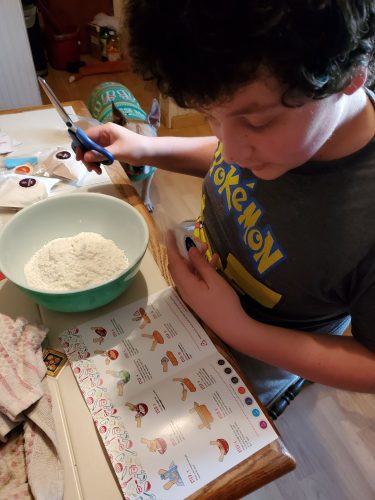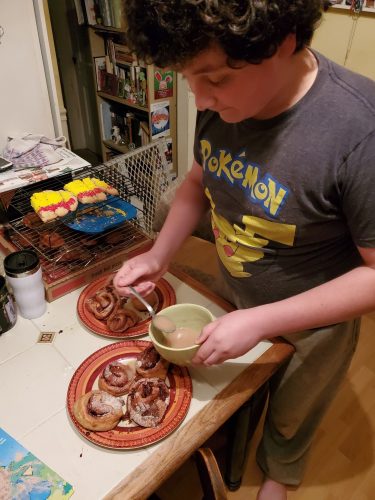When the kids are at home and bored, it can be stressful for you as a parent. Obviously, you want them to be engaged and entertained, but you don’t always know how to make that happen. There are only so many times you can go over the same activities.

But there are lots of solutions and fun ideas out there that should help to keep your kids entertained at home, even on a dull and rainy day. So if you’re looking for some fresh ideas that you can make use of in your family home, read on and find out about some of the best.
Get a Science Kit and Experiment
Kids often love playing around with science kits, and the great thing about them is that they’re not only fun but also educational as well. And that can only be a positive combination. So if you have kids that are starting to get interested in science and chemicals and fun things like that, you could get a cheap science kit and play around with it for an afternoon or two. It could be a lot of fun and help them to understand an important school subject better too.
Have Them Make Their Own Show
If you have younger kids, it can be fun for them to dress up and use their imaginations. One way to harness that kind of fun and fill a whole day with it is to challenge them to create their own show that they then later perform for you the parents. This is best if you have a few kids and they can work together and create different roles and characters. It’s a sweet activity and they often have a lot of fun with this kind of thing.
Play Some Board Games Together
Playing board games with your kids is always a good way to get them thinking and to add a little competitive edge to proceedings. If everyone’s invested in it and engaged with the game, it can be a lot of fun. It’s very easy for an entire day or afternoon to pass by when you get invested in a few good board games. And if you find the right board games, it’s something that the whole family can enjoy and get involved with.
Do Some Gardening
Getting out in the garden can be a good time if the weather’s pleasant. There are all kinds of garden activities you can do together with your kids, depending on their ages. You could start the process of growing some fruit or vegetables in your garden, for example. That way, they can see the process over time and eventually eat the foods that they prepared themselves. It’s a good experience and lesson for them.
Design a Treasure Hunt for Them
Treasure hunts can be a good time for younger families; older kids might not be as interested but younger children tend to enjoy the whole process of going on a treasure hunt and the excitement that comes with it. It’s up to you how creative you want to be with it and how extensive you want the hunt to be. But what matters most is having a good time with the family.
Find Fun New TV Shows
Finding a fun new TV show that they can focus on and be engaged in might be the solution. Of course, you don’t want your kids to be staring at screens all the time, but when they find something fun and it keeps them happy for a few hours, there’s nothing wrong with letting them enjoy it. You might want to let them watch 3-2-1 Penguins the TV series, for example. There are plenty of great options to stream these days.
Arrange a Play Date
Arranging a play date with other kids from their class and their parents is a good way to keep them entertained for a day. When you know the parents of the other kids, you can arrange a play date that you can oversee and then another time, the other parents can oversee it at their home. This means that you can also create some time for yourself occasionally.
As you can see, there are plenty of fun and creative ways to ensure your kids aren’t constantly feeling bored and frustrated on a day or weekend at home. And you don’t always have to go out and spend lots of money to keep them entertained either. Each of the ideas above should keep them engaged.
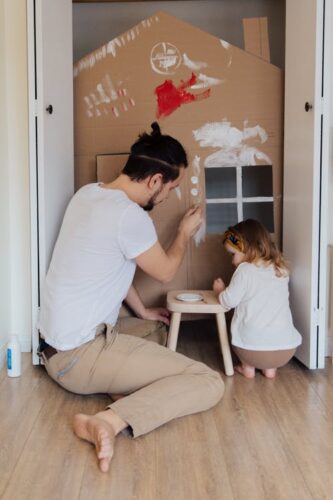
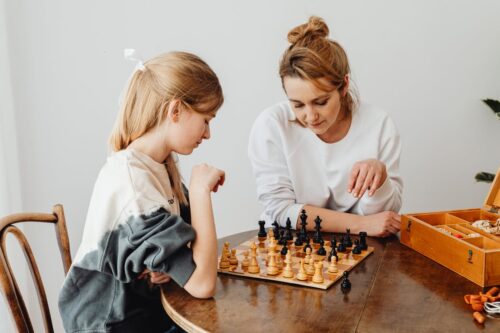
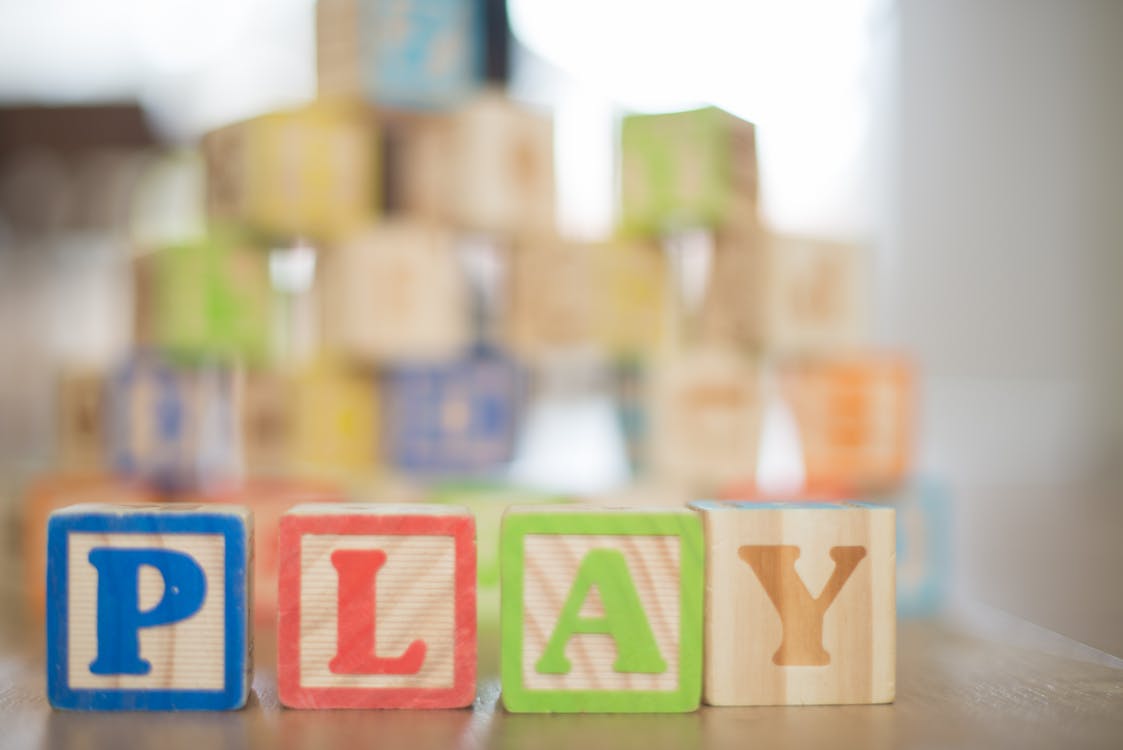
 Was your child having difficulty managing at home or distance learning? Is he or she worried about going back to school? I can tell you, my youngest is in a panic about going back, he’s very worried. While at home learning was necessary for both the safety of the children and the teachers and staff, it has definitely had it’s negative effects on quite a few of the kids. Socialization, a sense of normalcy, routine, etc. Being stuck at home was hard on everyone, and it seems that the kids took it extremely rough. If your child is returning to school this fall, check out these tips from Dr. Bregman, child psychiatrist, starting next sentence.
Was your child having difficulty managing at home or distance learning? Is he or she worried about going back to school? I can tell you, my youngest is in a panic about going back, he’s very worried. While at home learning was necessary for both the safety of the children and the teachers and staff, it has definitely had it’s negative effects on quite a few of the kids. Socialization, a sense of normalcy, routine, etc. Being stuck at home was hard on everyone, and it seems that the kids took it extremely rough. If your child is returning to school this fall, check out these tips from Dr. Bregman, child psychiatrist, starting next sentence.

